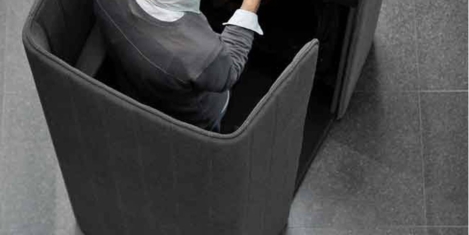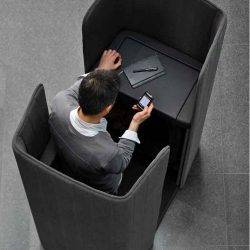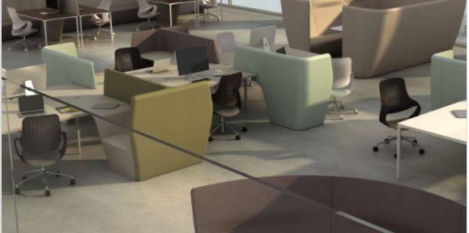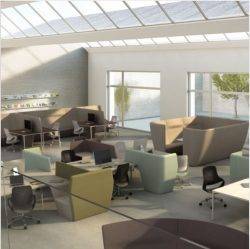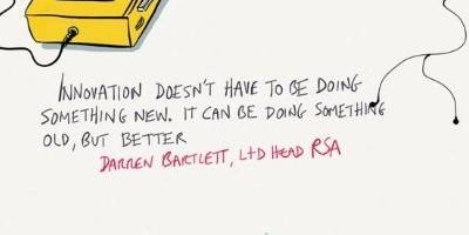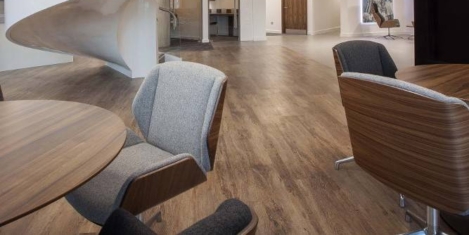To provide the best experiences, we use technologies like cookies to store and/or access device information. Consenting to these technologies will allow us to process data such as browsing behaviour or unique IDs on this site. Not consenting or withdrawing consent, may adversely affect certain features and functions.
The technical storage or access is strictly necessary for the legitimate purpose of enabling the use of a specific service explicitly requested by the subscriber or user, or for the sole purpose of carrying out the transmission of a communication over an electronic communications network.
The technical storage or access is necessary for the legitimate purpose of storing preferences that are not requested by the subscriber or user.
The technical storage or access that is used exclusively for statistical purposes.
The technical storage or access that is used exclusively for anonymous statistical purposes. Without a subpoena, voluntary compliance on the part of your Internet Service Provider, or additional records from a third party, information stored or retrieved for this purpose alone cannot usually be used to identify you.
The technical storage or access is required to create user profiles to send advertising, or to track the user on a website or across several websites for similar marketing purposes.
 Microsoft’s blueprint for its new headquarters
Microsoft’s blueprint for its new headquarters





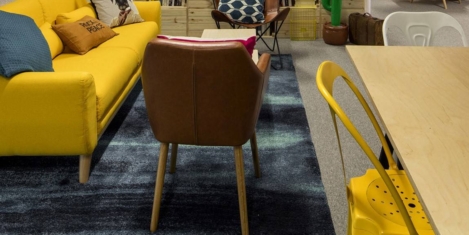
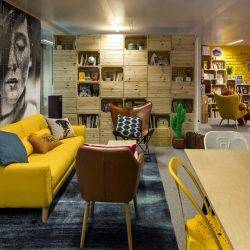



 Employers can make major performance and productivity improvements by taking a more strategic approach to where they place their people, a new report suggests. Organisations with the closest alignment between their geographical talent footprint and market opportunity tend to be most productive and profitable claims Right people, wrong place?, a new EY report in collaboration with LinkedIn. The report analysed 659 organisations of varied size and scale across 11 sectors and revealed that those that poorly match their workforce to the global sub-sector growth markets are potentially leaving hundreds of millions of dollars of opportunity on the table. Bringing together a combined analysis of current and projected industry market performance from EY with LinkedIn’s insights from more than 530 million members, the report validates and quantifies the value of maximising the alignment between workforce location and market opportunity.
Employers can make major performance and productivity improvements by taking a more strategic approach to where they place their people, a new report suggests. Organisations with the closest alignment between their geographical talent footprint and market opportunity tend to be most productive and profitable claims Right people, wrong place?, a new EY report in collaboration with LinkedIn. The report analysed 659 organisations of varied size and scale across 11 sectors and revealed that those that poorly match their workforce to the global sub-sector growth markets are potentially leaving hundreds of millions of dollars of opportunity on the table. Bringing together a combined analysis of current and projected industry market performance from EY with LinkedIn’s insights from more than 530 million members, the report validates and quantifies the value of maximising the alignment between workforce location and market opportunity.

